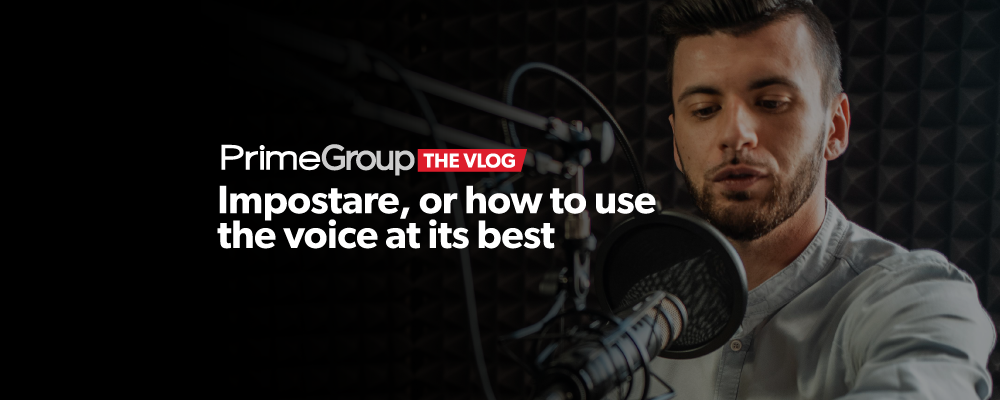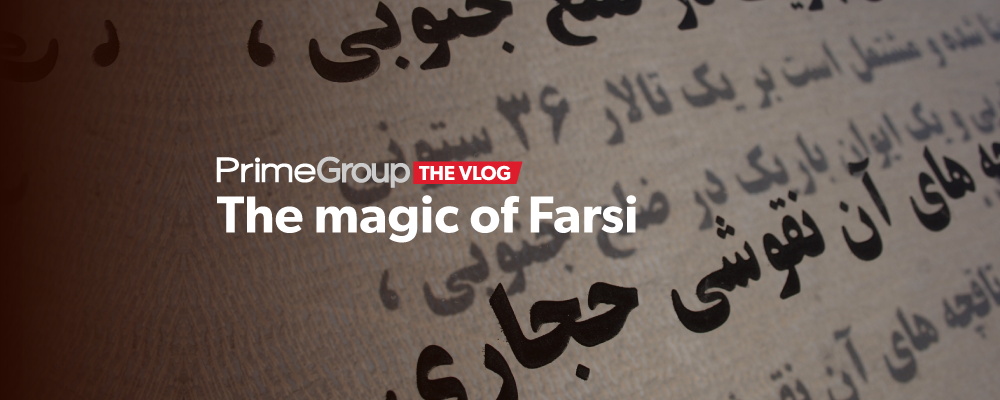¡India, donde el idioma cambia cada veinte kilómetros! En esta tierra de infinitos colores y especias, existe una gama de idiomas igualmente vibrante que hace que la Torre de Babel parezca un juego de niños. Si pensaste que el inglés está muy extendido, pues ni hablar.
En el bazar lingüístico de la India, 21 idiomas han obtenido la etiqueta de ‘oficiales’, pero solo son la punta del iceberg lingüístico. ¡El último censo arrojó una cifra asombrosa de 121 idiomas, pero cifras recientes de la Encuesta Lingüística del Pueblo de la India sugieren que el número real podría llegar a un increíble total de 780! Este laberinto lingüístico es mucho más complejo que el estereotipo inglés-hindi.
Es cierto que, en esta mezcolanza lingüística, tenemos el Hinglish – una mezcla picante de hindi e inglés que se oye en hoteles y oficinas, pero para de contar. Es como un número de baile bilingüe de Bollywood: moderno, llamativo, pero profundamente arraigado en la cultura local. ¡Un dato curioso es que hay más personas que hablan Hinglish que inglés puro! Ya te cuento más adelante.
Pero la historia no termina ahí. Algunas palabras indias decidieron hacer un viaje y se asentaron cómodamente en Europa. ¿Recuerdas los acogedores ‘pijamas’ que te pusiste anoche? Esa palabra proviene de la India. O, piensa en ‘veranda’ y ‘bungalow’, ‘champú’, pues bien son palabras indias que hacen del mundo un lugar más cómodo.
En el gran conjunto de lenguas indias, contamos con una miríada de idiomas regionales. Aquí están algunos de los más hablados:
Hindi: El idioma nacional de facto, hablado por 350 millones de personas. El Hindi es como el naan en una comida india – omnipresente e influyente.
Bengalí: Un idioma que fluye como los ríos del golfo de Bengala, hogar de alrededor del 8% de los indios.
Telugu: La lengua materna de Andhra Pradesh y Telangana; es hablado melódicamente por el 7% de la población.
Marathi: El lenguaje solemne de los guerreros maharashtrianos, que tiene influencia sobre alrededor del 7% de la población.
Tamil: Uno de los idiomas más antiguos del mundo, cultivado por el 6% de la población india.
Urdu: El idioma de la poesía y el romance, hablado por el 5.2% de los indios.
Gujarati: La lengua materna de los muy comerciantes gujaratis, supone alrededor del 5% de los hablantes.
Y quiero mandar desde aquí un saludo especial al portugués! con alrededor de 250,000 hablantes en el pintoresco estado costero de Goa. Sí, este idioma ibérico es el ingrediente secreto en esa salsa curry de idiomas indios.
¿Y adivina qué? Cada idioma lleva sus propias cultura e historias. Como el Tamil, que es el idioma de una antiquísima literatura, que hace que Juego de Tronos parezca un libro de cuentos para niños, o el Santali, que nos abre una ventana a la vida tribal en el este de la India.
¿Cuál es el papel del inglés en este masala lingüístico? Bueno, pues quiero decirte por experiencia propia, porque estuve recorriendo la India no hace mucho, que el inglés es más un invitado que un anfitrión. Claro, lo trajeron los británicos y decidió quedarse, actuando como un útil enlace lingüístico para los diferentes pueblos del subcontinente y sin duda es ahora una puerta hacia la economía global. Pero a pesar de su prestigio, solo alrededor del 10% de los indios usan verdaderamente el inglés, en su mayoría la élite urbana y educada.
Y te digo más es un esfuerzo consciente, una lucha política y cultura el mantener vivos los idiomas regionales de India frente a la creciente influencia del inglés. Además, surgen muchas iniciativas públicas y privadas para proteger estos tesoros lingüísticos. La educación se está volviendo más multilingüe y más de un centenar de idiomas ya circulan digitalmente y hasta Google los está reconociendo.
Entonces, si alguna vez pensaste en la India como solo un universo inglés-hindi, ¡es hora de que cambies el chip! La verdadera India es una rica sinfonía de muchos idiomas regionales. Es un delicioso Biryani lingüístico, en el que cada grano de arroz lleva su propio sabor y contribuye al increíble todo.



